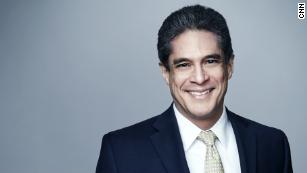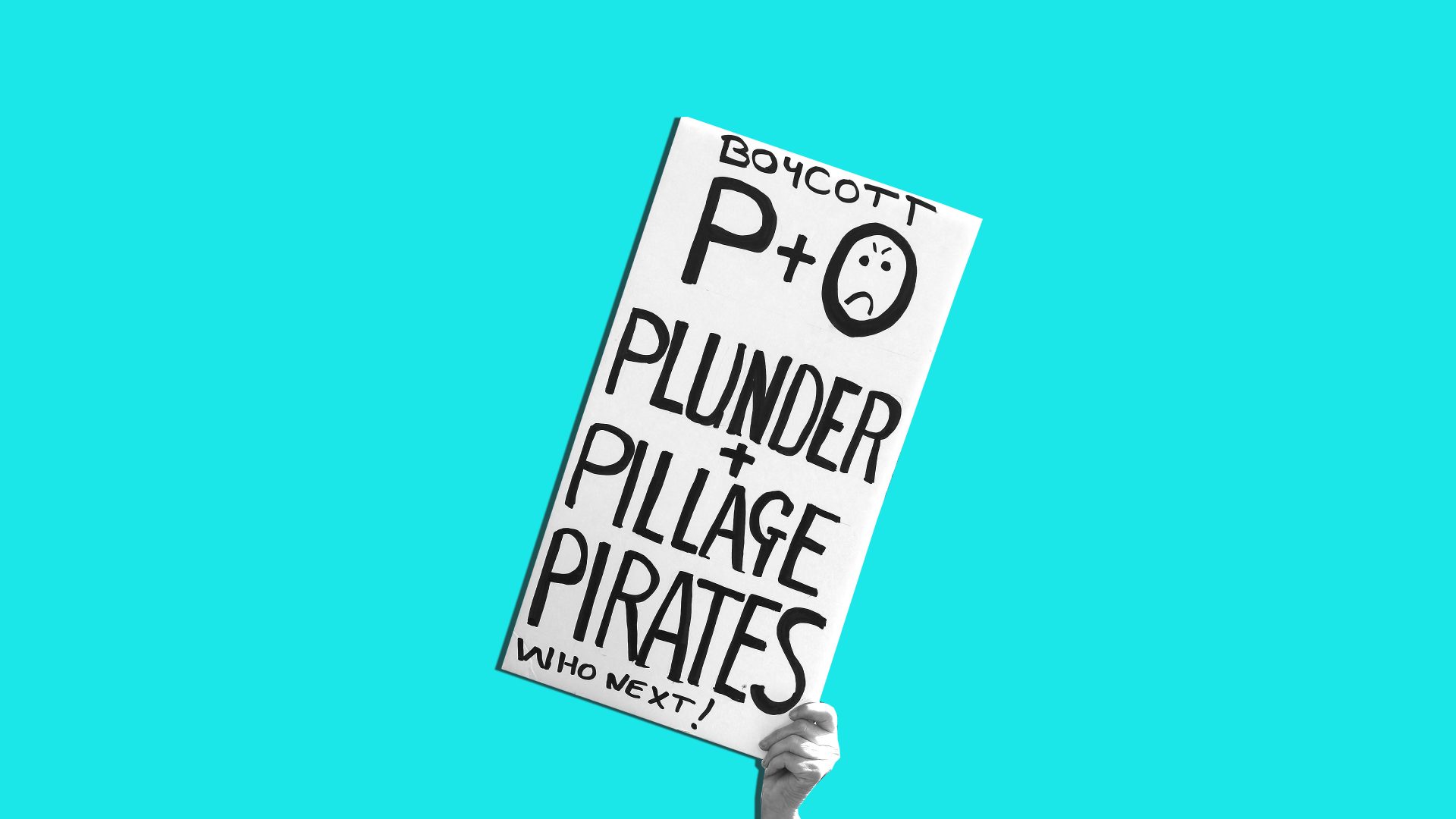
Census enumerator Thomas Cronin interviews a painter during the 1950 Census. What makes the 1950 Census so significant is that it's the first one that details an America on the heels of World War II, at the start of the baby boom and in full postwar economic swing a decade after the Great Depression. Photo courtesy National Archives
April 1 (UPI) -- On Friday, the National Archives released detailed results from one of the most anticipated government head counts in history -- which it says provides a "window into history" and a snapshot of America in the middle of the 20th century.
The bureau released detailed findings that it gathered from the 1950 U.S. Census -- which was expected to be a genealogical and historical gold mine of information that shows the first snapshot of postwar America more than 70 years ago.
Early on Friday, the National Archives and Records Administration unveiled the 6.4 million pages of digitized 1950 Census data from 6,373 microfilm rolls, including names, ages, addresses and answers to questions about employment status, job description and income.
Taken every 10 years, the U.S. Census collects a detailed account of citizens that results in a pretty accurate head count of Americans coast to coast. Although rudimentary information from a Census becomes available not long after it's taken, the detailed information like that released on Friday is only allowed to be released 72 years following a Census. The 1940 Census was released a decade ago.

An enumerator from the U.S. Census Bureau visits a farmer during the 1950 Census, somewhere in the Midwest. Photo courtesy National Archives
What makes the 1950 Census so significant is that it's the first one that details an America on the heels of World War II, at the start of the baby boom and in full postwar economic swing a decade after the Great Depression.
"The 1950 Census opens a window into one of the most transformative periods in modern American history, revealing a country of roughly 151 million people who had just recently emerged from the hardships and uncertainties of World War II and the Great Depression," the Census Bureau said in a post this week.
"With little housing construction during the prior two decades, the nation's population mostly lived in cities and rural areas, often in crowded conditions. Suburbanization had only recently begun and would increase substantially in the coming decades thanks to the G.I. Bill, sustained postwar economic expansion and construction of a comprehensive interstate highway system.
RELATED Report: Median household income climbs over past five years ending 2020
"In hindsight, we can now see that on many demographic fronts the U.S. population in 1950 looked more like the country in 1940 than the rapidly growing, youthful nation to come in 1960 or 1970."
The Census data shows that of the nation's 10 largest cities in 1950, only New York City and Los Angeles went on to have larger populations in 2020. The other eight -- Chicago, Philadelphia, Detroit, Baltimore, Cleveland, St Louis, Washington, D.C., and Boston -- all saw their populations fall in the following seven decades.

A look at the 1950 Census form, which included a total of 38 questions. Photo courtesy National Archives
Eighty-nine percent of people counted in the 1950 Census were White; only 28% of households in Washington, D.C., had a TV, while 97% had a radio; 7,000 homes in the area lacked flushable toilets; and more than 3,000 had no electric lights.
RELATED Census Bureau: Black, Latino, Indigenous populations undercounted in 2020
The 1950 Census included 38 questions for Americans to answer -- including whether they had a kitchen sink and what type of toilet or refrigerator they used. People were also asked about their education, how much money they made and how much money relatives in their home made, while married women were asked how many children they had.

A Census-taker is seen during a visit to a home in Virginia during the 1950 Census. Detailed information from that Census was released for the first time on Friday. Photo courtesy National Archives
A preliminary assessment of the data showed an abundance of marriages and young families in smaller households, Census officials said.
Census data is only made public every 72 years as a result of a 1952 agreement between the Census Bureau and National Archives that was codified by Congress in 1978.
Why 72 years? The federal government has never really given a definitive answer -- but one of the most common beliefs is that the blackout period was put in place to protect people's private information, and 72 years was the estimated lifespan at the time of the agreement in 1952.
It's estimated that about 26 million Americans who were living in the United States in 1950 are still alive today -- meaning they will be able to research their own names and information, or the names of parents and family members.

A number of prominent Americans alive today were also alive during the taking of the 1950 U.S. Census -- including musician and rocker Bruce Springsteen, who was "Born in the USA" in 1949. UPI Photo/File | License Photo
Some of the more prominent people who were alive at the time of the mid-20th century Census are President Joe Biden, former Presidents Jimmy Carter, Bill Clinton, George W. Bush and Donald Trump, along with entertainers including Bruce Springsteen, Dustin Hoffman and Robert Redford and historical figures like former Secretary of State Henry Kissinger and three sitting Supreme Court justices.
There is no cost to search through the 1950 Census records, which are available online.
"Typically people interested in their family history are always looking at dead people," Lisa Lousie Cooke, a Texas-based genealogist, told The Washington Post.
"This [Census] collection includes many people who are currently alive today ... so there's a huge nostalgia component."



















